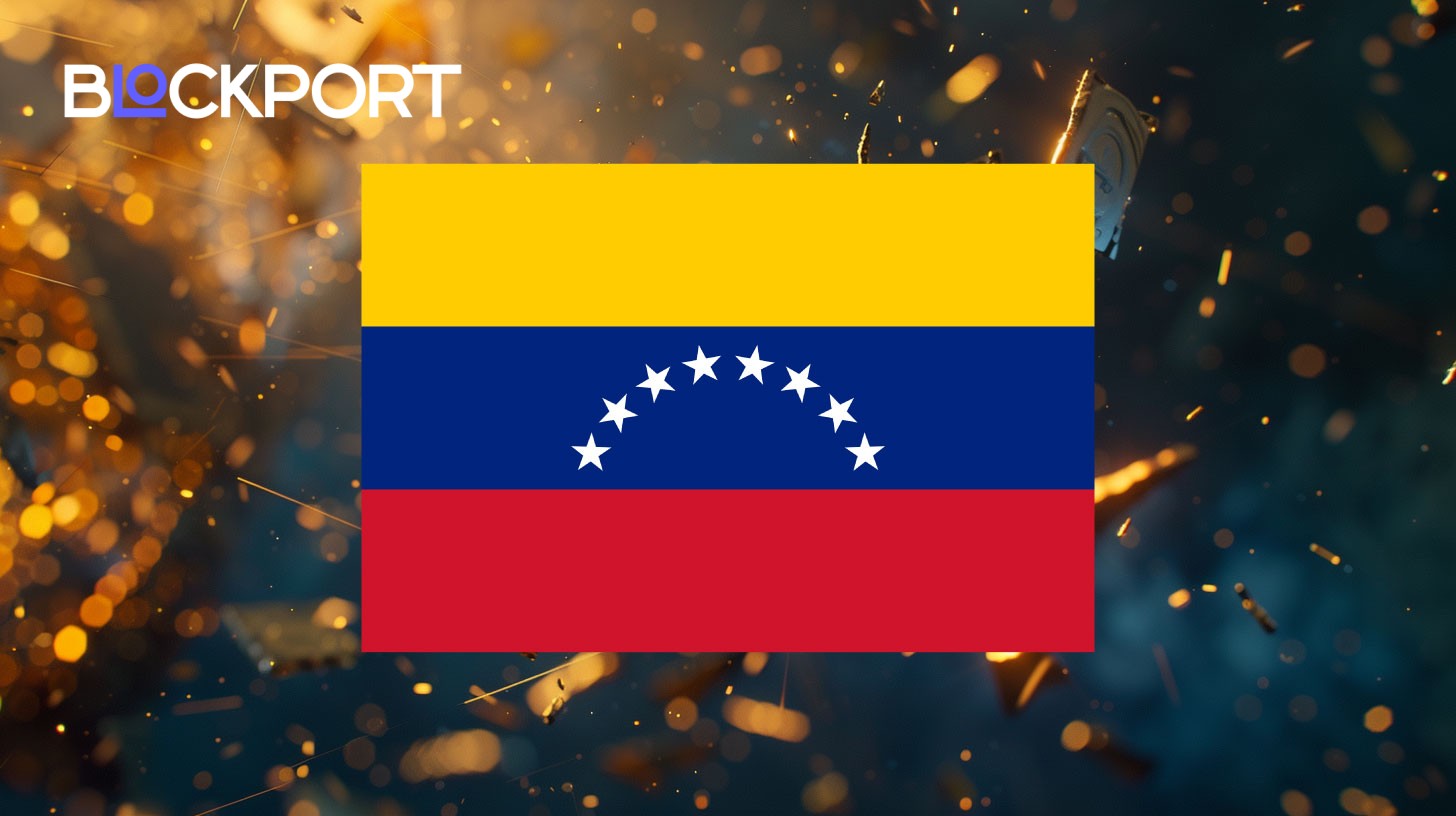Data vs. Dogma: Why a Wall Street Veteran Doubts XRP’s Practical Applications

Despite Ripple’s claims of growing adoption, Wall Street veteran Fred Krueger calls XRP’s real-world use “nonexistent” — and sparks a broader debate about hype, utility, and institutional pushback.
The Accusation
In late July, veteran Wall Street trader and quant Fred Krueger sparked backlash across Crypto X with a simple post:
Not one actual human being is using XRP.
The claim was absolute, provocative – and, for many in the XRP community, infuriatingly familiar. Within hours, his comments were flooded with replies from retail users and influencers sharing their own stories of buying laptops, paying rent, tipping handymen, or sending money abroad with XRP.
The furious reaction from the XRP community was predictable. But beyond the tribalism, Krueger’s jab hit a nerve because it touched on the single most important question for XRP’s future: Is its ecosystem a bustling metropolis of finance, or an impressive facade with little activity behind it?
Ripple’s Numbers vs. Ground Reality
On paper, Ripple has built an impressive network. Over 300 financial institutions across 45+ countries are connected through RippleNet. Its On-Demand Liquidity (ODL) product, which actually uses XRP for cross-border payments, processed over $15 billion in 2024 alone – a 32% increase year-over-year.
While a significant number on its own, it’s crucial to place it in the context of the global remittance market Ripple aims to disrupt. The World Bank estimates that personal remittance flows alone exceeded $669 billion in 2023. This means Ripple’s ODL, while growing, currently captures just over 2% of that specific market, to say nothing of the multi-trillion dollar daily volume of the entire SWIFT network.
By mid-2025, weekly transaction volumes on the XRP Ledger had climbed to 8 million, up from 1.5 million in 2023. An average of 8 million transactions per week translates to a sustained throughput of roughly 13 transactions per second (TPS). This places the XRP Ledger in the same league as Ethereum (around 15-30 TPS) but orders of magnitude below high-throughput platforms like Solana, which handles thousands of TPS, or a traditional payment giant like Visa, which has a capacity of over 65,000 TPS.
Ripple frequently cites adoption by heavyweights like Santander, Goldman Sachs, JPMorgan, and MoneyGram. But here nuance matters. In most cases, these partnerships involve RippleNet, Ripple’s payment messaging infrastructure – which can, but doesn’t have to, use XRP. In practice, many banks avoid XRP entirely, preferring fiat rails within the same system.
Take Santander’s One Pay FX: it’s built on RippleNet, but doesn’t use XRP. MoneyGram famously used ODL between 2019 and 2020 but later discontinued the partnership. Even among the 300+ RippleNet partners, internal reports suggest only 40% actively use XRP through ODL.
This is where Krueger’s claim hits a nerve. His post wasn’t about the potential of XRP or its ledger; it was a swipe at real-world usage right now. As he clarified later, “Holding” isn’t “using,” and even many XRP bulls treat it more as a speculative asset than a transactional currency.
The Counterpoint: Users Fight Back
Krueger’s absolutism didn’t go unchallenged. Some users responded with examples of how they had used XRP in everyday transactions – sending remittances, paying for services, or shopping online through crypto payment processors. Others described tipping creators, buying NFTs, or experimenting with memecoins on the XRP Ledger.
These responses show that real-world usage exists. But the examples are scattered and mostly anecdotal. For a token with a $183B market cap, such activity remains marginal. Ultimately, it highlights the difference between a community and an economy. While XRP clearly has a passionate community, these anecdotal transactions don’t yet constitute a self-sustaining economy at the scale its valuation suggests.
And that contrast – between vocal use cases and broader adoption metrics – remains central to the debate. XRP is being used, but not at a scale that matches its valuation or utility narrative.
Banking Pushback and Regulatory Friction
Beyond user stories and Ripple’s data lies a larger issue: institutional resistance. Last week, major U.S. banking groups including the American Bankers Association publicly urged the Office of the Comptroller of the Currency (OCC) to delay bank license approvals for Ripple and other crypto firms. Their concern? That allowing Ripple to operate as a trust bank would be a “fundamental departure” from fiduciary norms.
If Ripple receives that license, it could operate nationwide, bypassing the need for individual state approvals and competing directly with traditional banks. That threat isn’t lost on incumbents. As Caitlin Long of Custodia Bank put it, “If what they fear will happen ends up happening, why wouldn’t banks just convert to trust companies and shed 90% of their capital requirements?”
Meanwhile, questions of token dumping have resurfaced. Blockchain investigator ZachXBT recently flagged $175M worth of XRP moved by co-founder Chris Larsen, timed near a local price peak. Critics saw it as a classic dump; defenders called it decentralization. Either way, it revived concerns about insider incentives and retail exposure.
So Who’s Right?
In a literal sense, Krueger is wrong – people do use XRP. But in a broader, more important sense, his critique is devastatingly accurate. It exposes the vast chasm between XRP’s narrative as the future of finance and its current reality as a niche tool with marginal adoption. The backlash he received wasn’t just about defending a token; it was about defending a belief system built on a foundation that, as the data shows, is not yet as solid as its $183B valuation implies.
Data from Ripple suggests that as of mid-2025, ODL powers 40% of activity on its network. That’s not nothing. But it’s also not revolutionary. And with XRP bulls projecting $59 price targets based on the assumption that XRP will displace SWIFT, the gap between belief and current utility remains wide.
Krueger may be overstating for effect. But in a market long driven by narratives, his blunt question – “Is anyone actually using this?” – deserves an answer grounded in more than press releases.
And for XRP to truly shed its “dogma over data” reputation, that answer needs to keep evolving.
Content on BlockPort is provided for informational purposes only and does not constitute financial guidance.
We strive to ensure the accuracy and relevance of the information we share, but we do not guarantee that all content is complete, error-free, or up to date. BlockPort disclaims any liability for losses, mistakes, or actions taken based on the material found on this site.
Always conduct your own research before making financial decisions and consider consulting with a licensed advisor.
For further details, please review our Terms of Use, Privacy Policy, and Disclaimer.




























